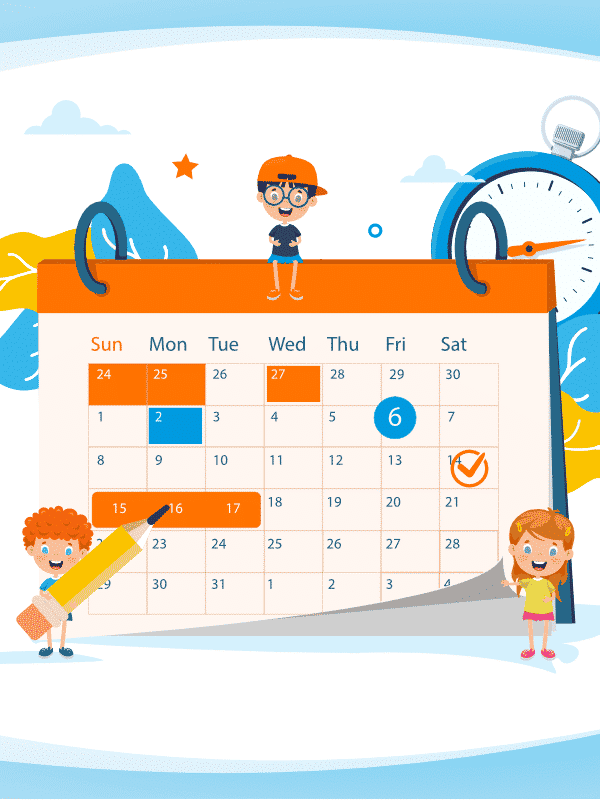So, your family is bilingual. Your 5-year-old understands the non-dominant language pretty well… but refuses to speak a word of it… You’ve begged and you’ve pleaded but nothing works. What to do? Well, how about we look at things from their perspective.
Let’s look at these 5 ways of making language work for a 5-year-old.
1. First things first: Make it Fun!
The idea is to get your child to associate the language with pleasurable activities, instead of just tasks. If your child sees the non-dominant language as “boring”, they’ll be less likely to gravitate towards it. So, instead of only talking about his chores or schoolwork in the desired language, designate game time as second-language time and have a blast! Make unique memories to the point where he’ll be the one coming to you asking if he can play.
2. Be innovative!
While the one person, one language (OPOL) strategy is a well-known one which we encourage families to use consistently, it sometimes is useful to get the entire family involved in the learning process. Continuing in the vein of making it fun, be innovative. For example, set one or two nights per week where you and your child “teach” mommy the language at the dinner table. One these nights, only the non-dominant language will be spoken and the child will be the “teacher”, educating the parent assigned to the dominant language on how to speak the non-dominant one. This should be a fun activity that your child looks forward to. It will be interesting for them to watch Mommy make the same mistakes they made when learning and in correcting mommy’s mistakes, they will be speaking the language and learning more of it themselves.
3. Word association
Sounds easy, right? Best believe it is! It is as simple as ensuring that books are read in the non-dominant language. When this is practiced, the language becomes a real, tangible thing for the child as opposed to just an abstract, random jumble of words that daddy insists they use. One way to do this is to have a bedtime routine in the non-dominant language. As you read the stories to your child, ensure that they are looking at the page themselves and associating the words they see with the pictures on the page, which usually represent something they are already familiar with. As the reading of bedtime stories is usually an interactive process, the child will likely be verbally engaged here. Just ensure that the questions are asked in the desired language, or, have your child repeat the words after you while reading. This process of association will help to reinforce the language. In the same way, you can associate the words with body parts, so bath time can be had in the non-dominant language. Associating the spoken word with tangible, relatable things will get the child more comfortable speaking in the non-dominant language.
4. Language Immersion… or the nearest thing
This is another well-known tactic to get anyone to learn a second language. How do we achieve this for a 5-year old? Ever thought about summer camps? Sending your child to a fun summer camp that operates in the desired language is a good way to immerse them in the language for a week or two. In this space, where all their friends are speaking this language, they too will be interested in trying it out. Another (maybe more feasible) way is to have a bilingual nanny who only speaks the desired language to the child. The nanny would “pretend” to only know the desired language and therefore, in relating to the nanny, your child would need to speak the same.
5. Affirm your child!
This last point, while not unique or directly connected to language acquisition, is super important. Affirm your child!… in the desired language. No need to correct every single mistake; ensure they know that they are doing an excellent job of learning and speaking the language and that you are proud of them. Attempt to associate it with smiles and rewards as opposed to scoldings and watch them flourish! Having said all of this, we are right back where we started: don’t forget to have fun!
If you’re interested in learning more, check us out at TruFluency Kids where we offer classes starting at just $12 for ages 4 – 17: beginners, dual language (kids who hear the language daily but need confidence responding) and teens. Drop in a class any time!


